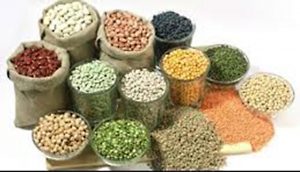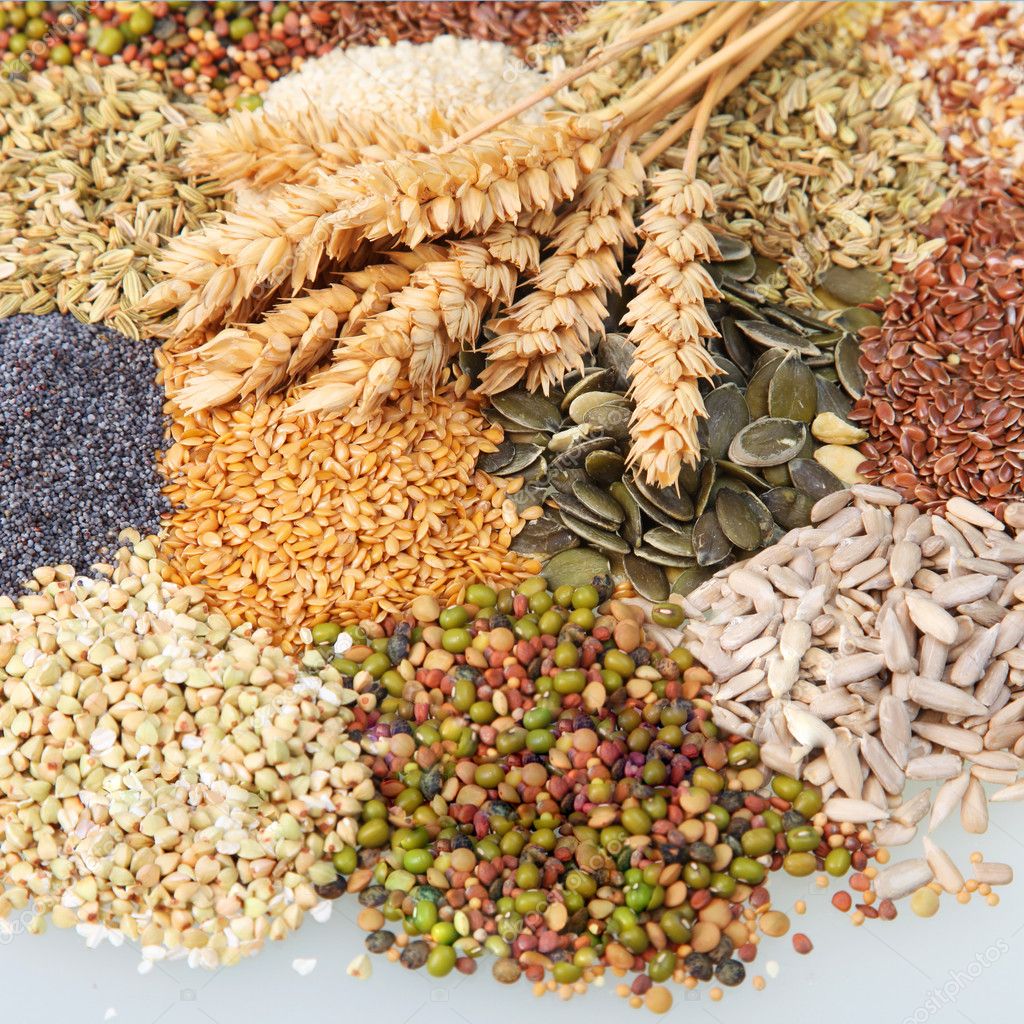by Myer G. Mula, Ph.D.
While we are aware that the coverage of the Special Area for Agricultural Development (SAAD) Program covers not only the 30 poorest of the poor provinces of the country but also are generally situated in mountainous and upland areas and under rainfed condition.
Agriculture is the main livelihood of the community and quality seeds are paramount to increase productivity. Another setback is farmers sourcing of quality seeds and lacks knowledge on the ability to produce their own superior seeds.
The potential benefits of seed to crop productivity and food security can be enormous. In addition, production increases brought about by the use of adapted varieties increases farmers’ income when market linkages exist. Food security is heavily dependent on the seed security of the farming community.
 Seeds are the lifeblood and foundation of a profitable farming and a crucial element in the lives of agricultural communities (Mula et. al., 2013). Though seed plays a significant role in crop productivity, its availability often affects the farmer’s ability to sow the crop timely (Cromwell, 1996). Quality seeds are those which have genetic purity, physical purity, health standards, germination and moisture percentage. With these, the farmer can increase his production by 20% (Mula, 2012). If the seed is of bad or low quality, then all the investments of the farmer such as labor and other inputs turn to waste.
Seeds are the lifeblood and foundation of a profitable farming and a crucial element in the lives of agricultural communities (Mula et. al., 2013). Though seed plays a significant role in crop productivity, its availability often affects the farmer’s ability to sow the crop timely (Cromwell, 1996). Quality seeds are those which have genetic purity, physical purity, health standards, germination and moisture percentage. With these, the farmer can increase his production by 20% (Mula, 2012). If the seed is of bad or low quality, then all the investments of the farmer such as labor and other inputs turn to waste.
Producing quality seeds would have not been possible if no system will be installed. According to Tesfaye et. al. (2005), a seed system is outlined as all the channels through which farmers acquire genetic pure materials in interaction with the commercial seed industry. However, Mula (2019) defined it more precisely by a progression of all the networks through which a cultivar is collected, selected, characterized, purified, bred, tested, certified, released, stored, and marketed with close interaction of farmers and the commercial seed industry. Mula´s definition can certainly purify a contaminated cultivar with which a farmer would want to keep due to cultural or ritual importance through training and the establishment of a farmer´s seed model by way of ‘one village one variety’ concept to guarantee isolation to avoid seed contamination.
A sustainable seed system will ensure that high-quality seeds of a wide range of varieties and crops are produced and fully available in time and affordable to farmers and other stakeholders. However, in many developing countries farmers have not yet been able to fully benefit from the advantages of using quality seed due to a combination of factors, including inefficient seed production, distribution and quality assurance systems, as well as bottlenecks caused by a lack of good seed policy on key issues such as access to credit for inputs. Moreover, the pressure from the fluctuating food prices and climate change creates additional challenges (FAO, 2020).

In the existing practice of SAAD beneficiaries, the traditional farmers´ seed system (informal) is through saving seed from own harvest, and using the seed for re-sowing, sharing, exchanging, and selling. The cultivars used are invariably local landraces, and awareness about improved varieties, seed availability and seed access are poor. Approximately 80-90% of all planting material used is largely sourced from farmers’ own-saved seed or the informal seed sector. Farmers save seed of local varieties and use this continuously with low seed replacement ratio of 2-3% because the proportion of quality seed available each year is only 10-12%.
 Seed is procured off-farm only when necessary as when own seed is not available due to drought, poverty or seed pests and diseases. The main sources of off-farm seed are local markets, relatives, other farmers and government relief agencies. However, these statements about the predominance of the informal seed sector cover significant differences between crops, villages, farmer groups and their socio-economic conditions. Traditional seed systems are location-specific and vary greatly within farmer communities.
Seed is procured off-farm only when necessary as when own seed is not available due to drought, poverty or seed pests and diseases. The main sources of off-farm seed are local markets, relatives, other farmers and government relief agencies. However, these statements about the predominance of the informal seed sector cover significant differences between crops, villages, farmer groups and their socio-economic conditions. Traditional seed systems are location-specific and vary greatly within farmer communities.
The formal seed sector has made some progress in certain crops (i.e. lowland rice with the exemption of upland rice where open pollination is prevalent) but very little in others (i.e. corn, vegetables and pulses) where the traditional (informal) system remains dominant.
Seed system in this type of environment has a long way to go. However, in developing and strengthening seed production and delivery systems to ensure quality seed of improved farmer preferred varieties in SAAD areas, we should do the following:
- Improving access to seed for smallholder farmers that focus on subsistence production through the enhancement of local village seed systems by testing a range of seed production and delivery options and searching for options to scale-out and scale-up alternative seed production and delivery schemes to avoid seed contamination;
- Knowledge empowerment of farmers/rural entrepreneurs in seed production, post-harvest and processing, and marketing;
- Exploiting market niches commercial (large scale) production by developing seed markets and identifying seed supply constraints and recommending options to improve its efficiency; and
- Developing and/or strengthening seed regulatory framework as well as a seed policy that considers regulations of an expanding and diversifying seed sector for the benefit of the farmers engaged in the seed production system.
References
Cromwell E. 1996. Governments, farmers and seed in a changing Africa. CABI Publishing, Wallingford, UK.
Food ang Agriculture Organization. 2020. AGP Seed System. www.fao.org. Retrieve May 25, 2020
Mula MG. 2012. Seed delivery system: The key for a sustainable pulse agriculture for smallholder farmers. Green Farming Strategic Vision 12. Green Farming Journal 3(6).
Mula MG, Saxena KB, Gaur PM and Upadhyaya HD. 2013. Legumes Seed System in Asia: A Case in India. Paper presented during the ‘Expert Consultation Workshop on Community Seed Production’, Jupiter International Hotel, Addis Ababa, Ethiopia. 9-11 December.
Mula MG. 2019. Seed System: The Key for a Sustainable Agriculture. Paper presentation during the National Seed Summit, Agricultural Training Institute, Elliptical Rd, Quezon City. 2-3 Dec.
Tesfaye A, Jemal I, Ferede S and Curran MM. 2005. Technology Transfer Pathways and Livelihood Impact Indicators in Central Ethiopia”, Tropical Animal Health and Production 37(1):101-122.


Comments (0)